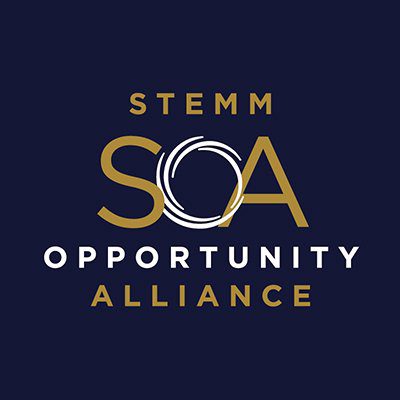The 100Kin10 effort to increase the number of STEM teachers in America’s classrooms offers insights into an emerging model for social change.
No matter what happens in November, at least one feature of President Obama’s legacy in math and science education will carry over into the next administration: the nationwide effort to add 100,000 excellent STEM teachers to America’s K-12 classrooms by 2021. It’s been five years since President Obama presented this goal in his State of the Union address, and while it could have been taken as just a lofty, fleeting idea, and left to fade away, a new, networked model for social change is actually making it happen. We call results achieved in this way networked impact.
The day after the President’s speech, a group of 28 organizations (including Carnegie Corporation of New York, where I worked at the time) got together, united in the desire to turn that goal into a reality. We asked: What would it actually take to recruit, train, and retain that many STEM teachers? The nonprofits, corporations, and universities gathered around the table all came back with different ideas. In reviewing them, we quickly recognized that achieving impact on this scale needed every single one. It would require bold, unique commitments from a vast network of partners that could act by building on their strengths. Furthermore, we realized, those partners would need to be supported and held accountable for progress. And they would have to be able to learn, and adapt their activities as needed, along the way.
Out of that meeting came 100Kin10, of which I am the co-founder and executive director, and which now comprises a network of more than 280 of the nation’s top academic institutions, nonprofits, foundations, companies, and government agencies. At the halfway mark to 2021, these 280 organizations have added nearly 40,000 new STEM teachers across the country, and we’re on track to reach the President’s goal on time. What’s more, we have enlisted new teachers who never previously considered going into STEM education, while helping tens of thousands more stay and keep growing in the profession.
This is not the first time a group of organizations has gotten together to tackle something that seems impossible. We’re indebted to collective efforts such as 100,000 Homes and the Institute for Healthcare Improvement, which, like us, are re-imagining collaboration for social change. Nor are we alone in taking a multi-sector, systems-level approach to impact—consider the Center for Care Innovations’ all-hands-on-deck approach to rethinking healthcare, or the International AIDS Vaccine Initiative’s global framework for scientific research and advocacy. In this increasingly complex and connected world, these initiatives and others are operating on the understanding that a new kind of collaboration has become not only possible but also necessary.
Read the full article here.


